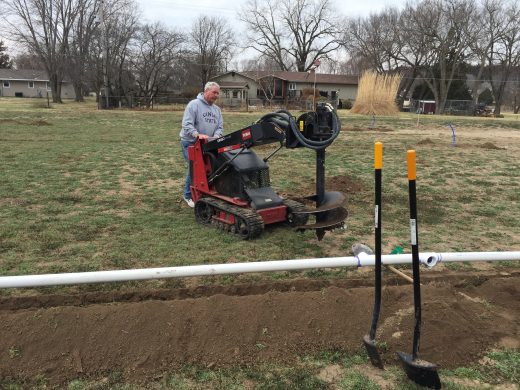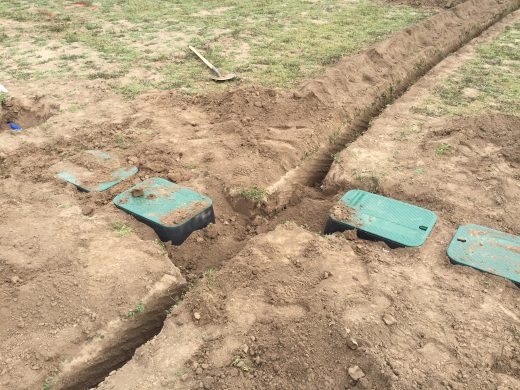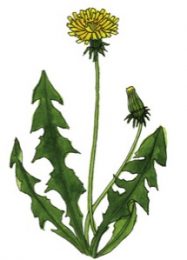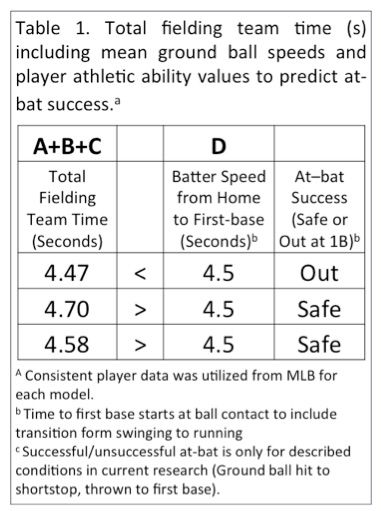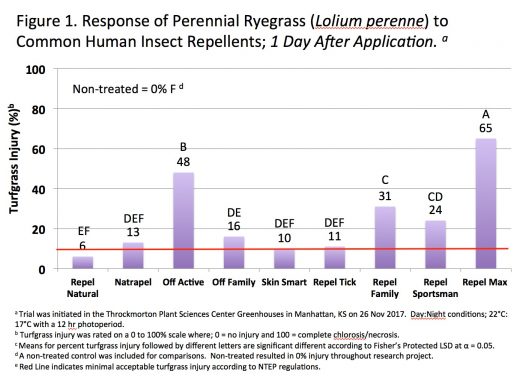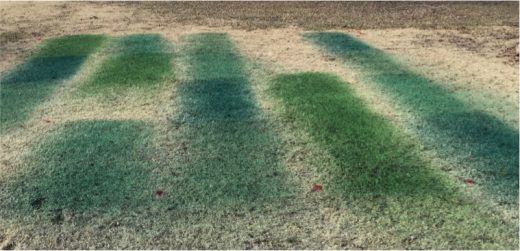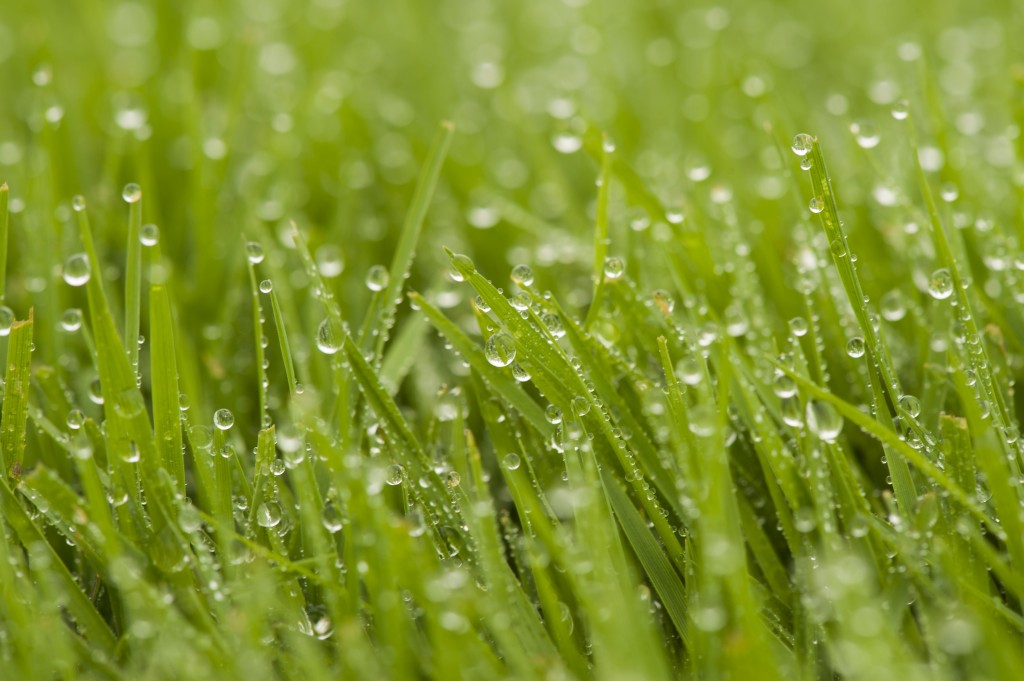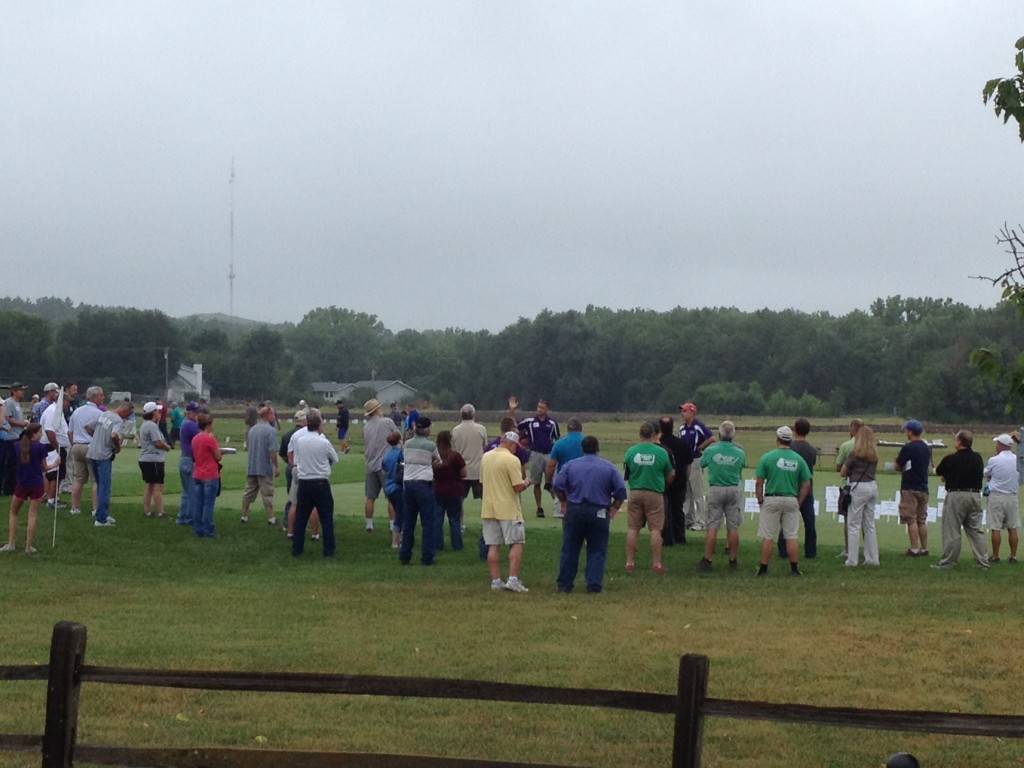(By Jared Hoyle, KSU Turfgrass Research and Extension)
The KSU Turfgrass Research Group sends a sincere “thank you” to all who helped in any way to install the new irrigation system on March 23-24, whether by providing equipment, labor, or food and refreshments. We were overwhelmed by the support provided by the Kansas turfgrass industry and are extremely grateful.
We look forward to providing updates from future research conducted with the new system that will benefit Kansas turf managers. This new research project is in cooperation with the USGA and the Toro Co. The goal of the project is to improve the use of soil moisture sensors to control irrigation while minimizing water applications and maintaining good quality turf. This will require 3 years of intensive study of the science of using these sensors.
Also, a big thank you to Nic Youngers, Jasen Sare, Austin Murphy and Shawn Spann for aerifying the research green at Rocky Ford and to WinField for donating the ferti-lizer!
Thanks to our refreshment/lunch sponsors: Bayer Dow Agro Sciences Helena PBI-Gordon Supreme Turf WinField
Also, Thank You to all the volunteers who assisted and donated equipment to make the irrigation install a success!
Al Alspach, Mater Landscape, Inc.
Dale Bremer, KSU
Leon Brown, Schwab-Eaton
Jeff Chaffee, Master Landscape, Inc.
Rob Christie, Firekeeper GC
Cliff Dipman, KSU
Kevin Fateley, Wildcat Creek Fun & Fitness
Seth Gieber, Manhattan CC
Jared Hawkins, Master Landscape
Nate Ratzlaff, Cottonwood Hills GC
Jasen Sare, Stagg Hill GC
Shawn Spann, WinField
Derek Taussig, Taussig Landscape
Charlie Thompson, Willowbrook GC
Mark Willmore, KSU
Mingying Xiang, KSU
Nic Youngers, Rolling Meadows GC
Mu Hong, KSU
Wes Kleffner, Bayer
Frank Kohman, Cool Springs GC
Will Mann, Schwab-Eaton
Matt Miller, Carey Park GC
Nic Mitchell, KSU
Austin Murphy, Indian Hill GC
Shane Myers, Foley Equipment Co.
We still have more to install so if you didn’t get out and was able to help we will have another work day to finish out the entire area!
Thanks again!

